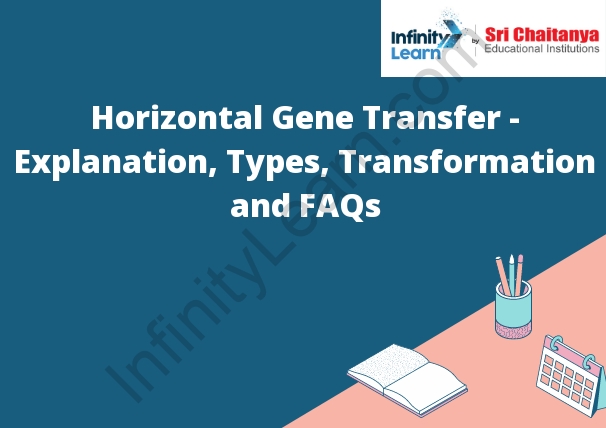Table of Contents
Gene Transfer
Gene transfer is the process by which genetic material is transferred from one organism to another. This can happen through a variety of mechanisms, including sexual reproduction, horizontal gene transfer, and vertical gene transfer.
Horizontal Gene Transfer In Bacteria
Horizontal gene transfer is a process by which genetic material is transferred from one organism to another, without the involvement of sex. This can happen through a variety of mechanisms, including direct contact, transfer of bacteria through food or water, and airborne transmission.
Bacteria can transfer genetic material to other bacteria through a process called conjugation. In conjugation, two bacteria come into direct contact and their cell membranes fuse. The genetic material from one bacterium is then transferred to the other.
Bacteria can also transfer genetic material to other organisms, including plants and animals. This can happen through a process called transduction, in which a bacteriophage (a virus that infects bacteria) transfers genetic material from one bacterium to another.
Bacteria can also transfer genetic material to other organisms, including plants and animals, through a process called transformation. In transformation, bacteria take up free DNA from their environment and incorporate it into their own genome.

Generalized Mechanism of Lateral Gene Transfer
The generalized mechanism of lateral gene transfer (LGT) is a process by which genetic material is transferred between cells or organisms without the involvement of traditional reproduction. LGT can occur through various mechanisms, including direct contact between cells, transfer of DNA through viruses or other vectors, and exchange of genetic material between cells in a symbiotic or parasitic relationship. LGT is a major factor in the evolution of bacteria and other organisms, and can play a role in the spread of antibiotic resistance genes and other virulent factors.
Types of Horizontal Gene Transfer
There are three types of horizontal gene transfer: transformation, transduction, and conjugation.
Transformation is the process by which a bacterium takes up DNA from its environment and incorporates it into its own genome. This can happen naturally, as when a bacterium takes up DNA from dead cells, or artificially, as when scientists add foreign DNA to a bacterium in a lab.
Transduction is the process by which a bacterium takes up DNA from a virus. The virus injects its own DNA into the bacterium, and the bacterium incorporates that DNA into its own genome.
Conjugation is the process by which a bacterium transfers DNA to another bacterium. One bacterium transfers its DNA to another bacterium through a tube-like structure called a pilus. The receiving bacterium incorporates the DNA into its own genome.
Transformation of energy
There are various types of energy that can be transformed, including mechanical energy, thermal energy, and electrical energy. In many cases, the conversion of one type of energy into another can be achieved through the use of a device known as an engine. For example, a gasoline engine can convert the chemical energy in gasoline into mechanical energy, which can then be used to power a car.
Conjugation
Conjugation is the process of changing the form of a verb by adding endings to indicate person, number, tense, mood, and voice.
The following verb conjugation tables show the endings for regular verbs in the present tense. To conjugate a regular verb in the present tense, you remove the -ar, -er, or -ir ending from the verb and add the appropriate ending.
The following verb conjugation tables show the endings for regular verbs in the future tense. To conjugate a regular verb in the future tense, you remove the -ar, -er, or -ir ending from the verb and add the appropriate ending.
The following verb conjugation tables show the endings for regular verbs in the past tense. To conjugate a regular verb in the past tense, you remove the -ar, -er, or -ir ending from the verb and add the appropriate ending.
Transduction
Transduction is the process by which a cell converts one type of energy into another. This occurs when a cell converts light energy into electrical energy, or when a cell converts chemical energy into electrical energy.
The process of transduction begins when light energy is absorbed by a molecule in the cell. This energy is then converted into electrical energy, which is used to power the cell.
Generalized Transduction
In generalized transduction, the bacterial chromosome is not transferred, but rather small pieces of DNA called transducing particles. These particles can carry genetic information from one bacterium to another.
Specialized Transduction
A specialized form of transduction is sexual transduction, which is the transfer of genetic material between cells during mating. This process occurs when the genetic material from the male cell fuses with the female cell, and the DNA is then incorporated into the host cell’s genome.









